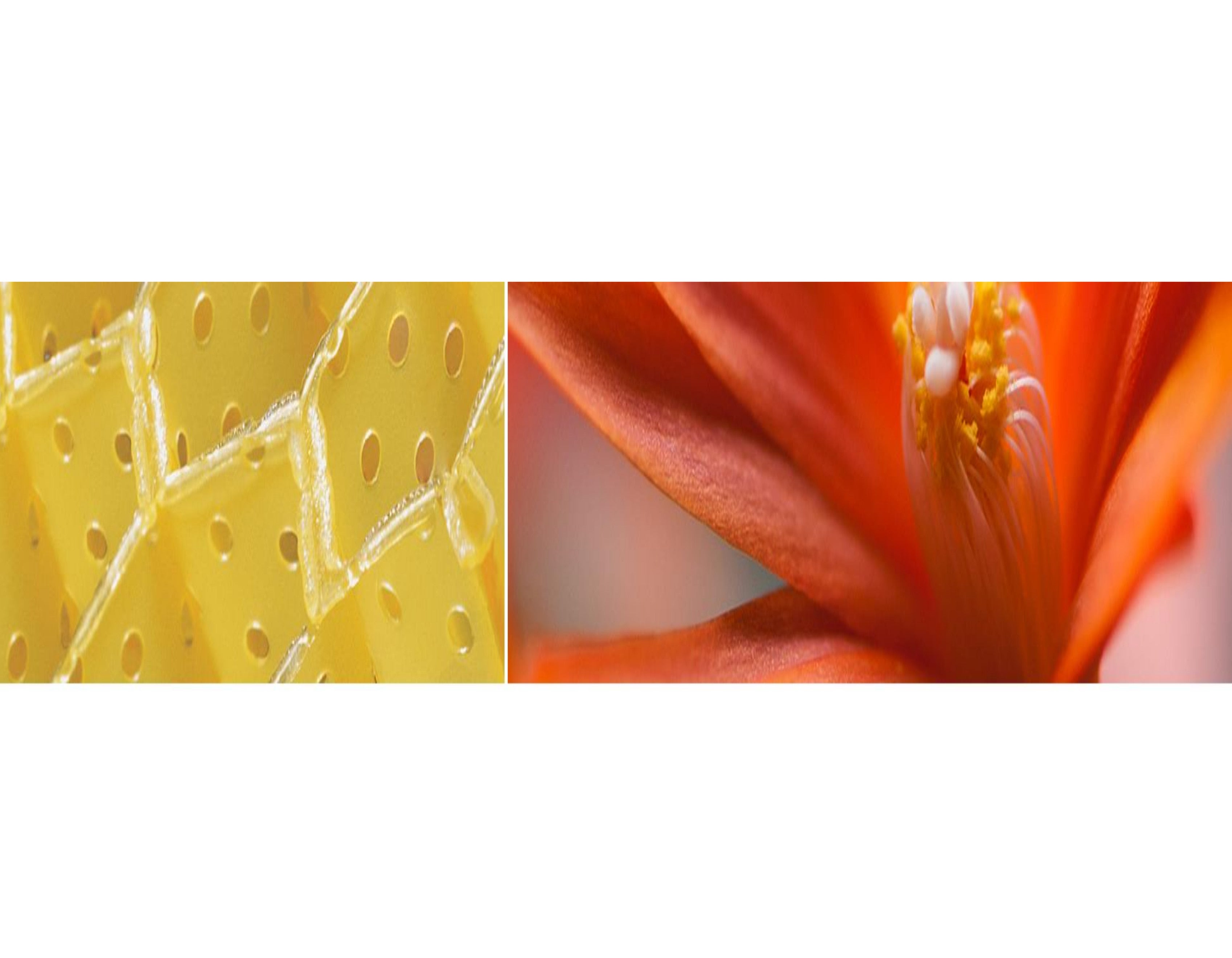Technology
Nature's Honeycomb
Bees are accomplished mathematicians and architects. The hexagonal honeycomb structure they have chosen to build for the storage of honey in their hives allows them to store the greatest amount of honey with the least amount of wax required to create the comb. It is an extremely efficient design.
Flexible Fusion - Bonded Honeycomb
Supracor studied the nature-proven hexagonal structure and adapted it for commercialization. Developing a revolutionary technique of fusion bonding, we are able to produce the honeycomb cellular matrix without the need for adhesives. This has been possible due to an advanced class of materials called thermoplastics.
Physical Properties
Supracor honeycomb and its ventilated Stimulite® honeycomb are fabricated from an extensive range of thermoplastics and thermoplastic elastomers (TPE’s). These materials combine the best properties of rubber and plastics for superior durability and performance in both dynamic and static applications. They are noted for their exceptional tensile, tear and compressive strength, resistance to puncture and their flexibility at low and high temperatures.
In a dynamic application, Supracor’s Honeycomb Pad®, an impact-absorbing hoof pad for horses, incorporates the best properties of thermoplastic urethane (TPU) in a highly engineered honeycomb matrix. It is able to withstand the impact of a galloping horse, which is roughly 5,000-6,000 pounds per square inch.
A person in a wheelchair can sit for 16 or more hours per day and the cushion is in constant (static) compression. Stimulite cushions are able to sustain this force and remain comfortable for many years.
Sophisticated Architecture
Supracor’s flexible, fusion-bonded honeycomb technology utilizes the same geometry as rigid aerospace honeycomb, eg. a cellular matrix comprised of alternating thick- and thin-walled cells with eight interior and exterior radii. This geometry allows the matrix to be both lightweight and anisotropic: having varying degrees of resistance in its length, width and thickness.

When compressed, the cells radiate outward, surrounding the object of compression. This characteristic is what makes Stimulite® cushions and sleep surfaces so comfortable.
Dynamic Mechanical Properties
Anisotropy:
The sophisticated architecture of radiated double- and single-walled cells is what makes Supracor’s fusion-bonded honeycomb anisotropic—having three different degrees of resistance or flexibility in the length (“L” direction), width (“W” direction) and vertically against the surface (“T” direction). This enables it to absorb energy or impact from different angles and to perfectly contour to the anatomy.

Optimum Strength-to-Weight:
The alternating thick- and thin-cellular walls make Supracor’s fusion-bonded honeycomb both strong and lightweight. Its cellular matrix is over 90% open space.
Shock Absorption:
The widespread use of aerospace honeycomb in structures of commercial and military jet aircraft attests to its excellent shock-absorbing capabilities. Energy from impact is absorbed and dispersed evenly throughout the honeycomb matrix. Because the cells are interconnected, when one cell buckles from impact the walls of the adjacent cells also buckle to absorb the force, similar to a ripple effect. Supracor’s fusion-bonded honeycomb absorbs shock in the same manner, but has increased load-bearing capability as a result of its elastomeric composition. This makes it ideal for shock-absorbing bumpers on amusement park rides and blunt trauma protection in body armor.

